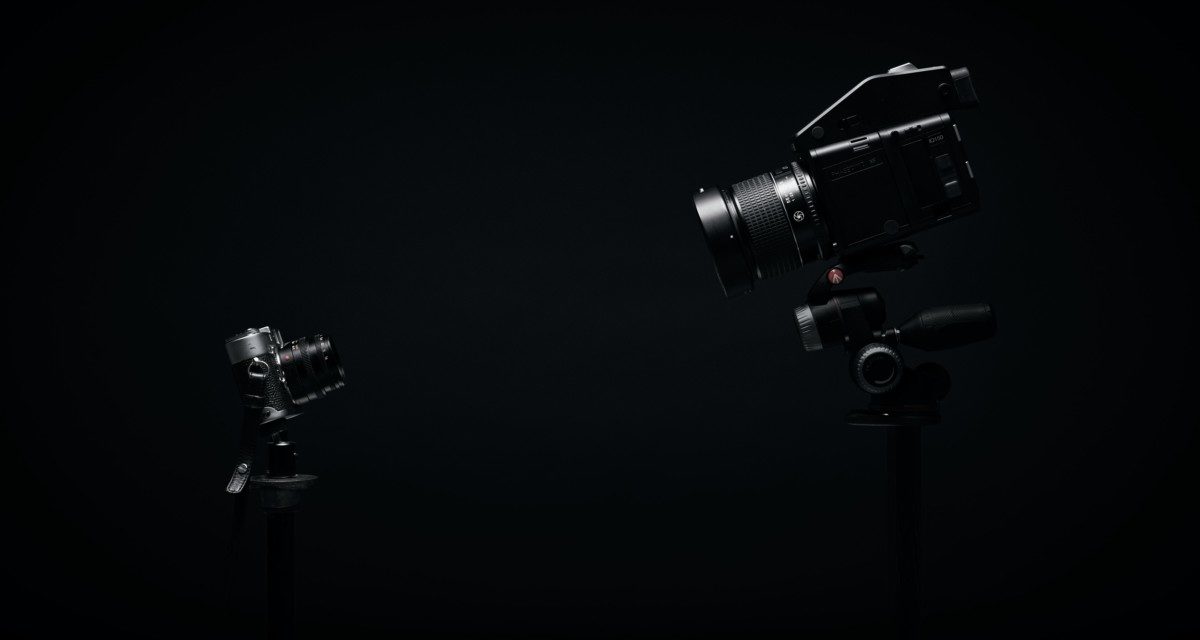[ad_1]
Modern Digital Cameras are remarkable in that they can help you to take photographs that are almost perfect in a technical sense. The camera manufacturer has included software in the camera's ‘brain' which quickly analyses the picture you are taking, compares the result with it's built-in library and then gives you what the manufacturer thinks is the perfect result. No matter who is taking the picture with that camera the result will be the same.
Digital cameras all over the world are producing millions and millions of pictures of an ‘acceptable' standard based on the average results of the calculations of the camera manufacturers.
But, what if you are not content to be ‘average'? Perhaps you would like to capture images that are ‘your' images alone. Unlike the images anyone else might take with the identical camera. You would like to be able to use your own creative instincts which would make your photography so much more rewarding than if you simply press the shutter button.
During my courses I have had many people say to me ‘I would love to be able to do creative exposures but I have only got a very basic point and shoot camera.' There is no such thing! All digital cameras are just amazing in what they can do but most users just accept what they think are the limitations.
Exposure Value Compensation
I have yet to meet a camera, no matter how simple, that does not have this function built in to it. This is a fantastic, easy to use method of personalising your pictures and, judging by people I have had on my courses, I would estimate that over 90% of camera users have not even heard about it, let alone made use of it!
It allows you to adjust the automatic exposure setting of your camera to give you the type of creative exposure that you really want. Making your picture either darker or lighter than the automatic setting can make the world of difference – many times the difference between a snapshot and an excellent, creative image.
Being digital you can immediately see the result on your camera screen and re-adjust your exposure if necessary. This is all part of the fun!
There will either be a +/- button somewhere on the outside of the camera or else it will be easily accessible using the camera menu (read your instruction manual!)
It is really easy to use – if you want the picture to be darker move the pointer to the left and if you want it to be lighter move it to the right. Being digital you can see the effect immediately. It's that easy to add your input to your pictures!
– = underexpose (darker)
+ = overexpose (lighter)
With some cameras you will have to turn the small dial from ‘A' for Automatic to ‘P' for Programme to be able to use Exposure Compensation. Nothing else should change.
Do not forget to switch back to zero!
The EV setting does not self correct when you turn off the camera. Otherwise you may get a lot of images tomorrow which don't look as you expect them to look!
Don't hesitate. Take out your camera and experiment with Exposure Value Compensation today. You will be so happy!

